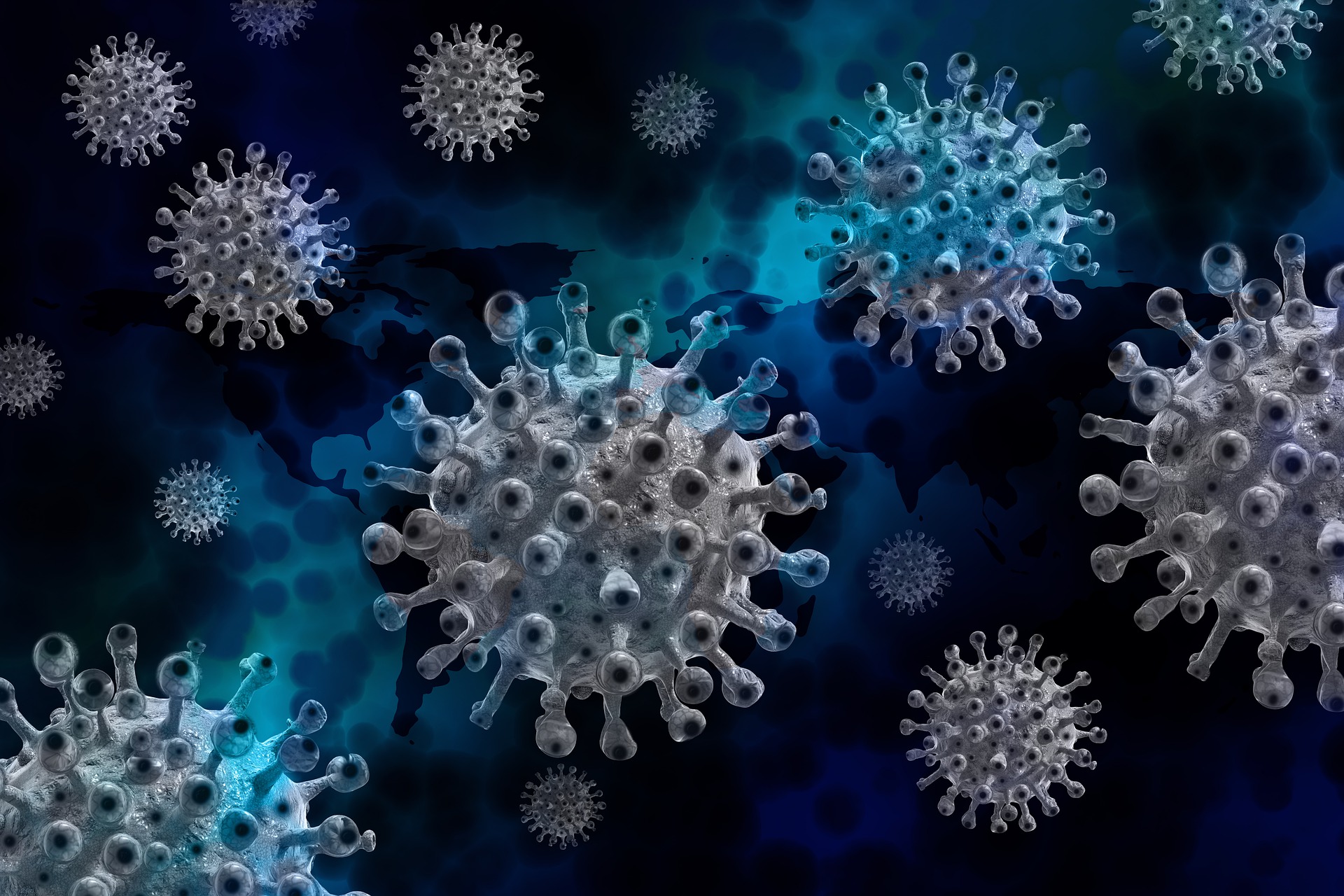The GECKO Commission pointed to the Corona Forecast Consortium’s expected to rise in infections in its new “Executive Report” released Wednesday. “The forecast assumes a further increase in the number of cases. The report obtained by APA said that the same trend is predicted for normal and intensive care unit exposures. According to the report, a peak in case numbers is possible in August or September.
The GECKO report references the omicron subvariant BA.5, which is currently causing a surge in Portugal. “In Austria, we see an almost weekly doubling of the proportions of BA.5/BA.4 in new infections,” the report states. In calendar week 23, the most recent figure (via the AGES sentinel system) was 35.9 percent for BA.4/5 – the week before, the proportion was 18.4 percent. The report also points out that the Omicron subvariant is “likely to have some impact” on the effectiveness of existing antibody therapies.
Regarding further developments in Austria, simulation researcher Niki Popper presented scenarios to the commission on immunity progression through the end of 2022, according to the report. In all assumed realistic scenarios (this is explicitly not a forecast, note), waves of infection would occur, “which in turn would lead to renewed immunization (and thus peaks).” The report said that under a “BA.2 scenario,” up to 350,000 cases (15-25 percent) could be prevented, provided 50 percent of all basic immunized individuals receive another booster shot. With the help of additional booster vaccinations, maximum utilization in hospital beds would be reduced more, in some cases by about 25 percent.
Popper expects the next wave (depending on the defined scenario) to occur either in October/November or earlier – namely, if (sub)variants other than BA.2 spread (as currently foreseeable, note). In this case, case numbers will rise as early as June and July and then generate a peak as early as August or September. The following “autumn wave” will happen a little later and be less pronounced (provided there is cross-immunity). Of course, this is not fixed: “With a correspondingly faster spread of other (sub)variants, these processes can be shifted even further forward,” the report says.
As for the impact on the health care system, Popper told the commission that a rapid high peak could lead to high levels of plaque in intensive care units and normal wards over a shorter time. “However, if we first get a smaller wave in early fall and then a reduced wave in winter (depending on the virulence of the new dominant variant) according to simulation, the instantaneous load in the hospital is also lower, especially in intensive care units,” the report said.
The commission also points to a study of vaccine effectiveness in Vienna: an analysis of data (not validated for now) from the Vienna Regional Sanitary Directorate shows that mortality among the unvaccinated remained constant over the entire period of the pandemic (survey period Feb. 26, 2020, to April 7, 2022). “That is, the apparent lower mortality of the delta and omicron variants is an artifact of population vaccination coverage.”
Also, this study could potentially inform the subsequent decisions of the National Immunization Panel. That’s because vaccine effectiveness was significantly lower in terms of mortality in the omicron phase than in previous phases – depending on the interval to the third vaccination: depending on the gap, the omicron phase showed an increase in mortality – on the order of 30 percent per month (after the third shot) in people 65 years or older. Once the data are validated, this could result in “a recommendation to conduct closer-meshed boosters in specific groups of people,” GECKO said – the results will be discussed at the next meeting of the National Immunization Panel (NIG).
Currently, a fourth sting is decidedly recommended by the NIG for persons 80 years of age and older; for those over 65, the NIG guidance is that such a booster “may” be given. For younger persons, it is not recommended but should also “not be withheld” if requested.
Regarding the protection of convalescents, GECKO refers to the internationally thin data situation. However, “initial indications” are that “infection with Omikron BA.1 provides only limited protection against symptomatic infections.
According to ECDC5 dated May 13, 2022, there are limited available data from in vitro studies examining sera from unvaccinated individuals who have previously undergone BA.1 infection. These studies suggest that both BA.4 and BA.5 can circumvent the immune protection induced by BA.1 infection. Specifically, this is the June 7, 2022 study by Kurhade et al.,6, who describe how well their protection against BA.4/5 is based on sera from 20 individuals infected with omicron BA.1. In summary, protection against infection with BA.4/5 after having been infected with BA.1 is 17-fold lower than protection against (re)infection with BA.1.
- source: APA/picture: pixabay.com
This post has already been read 1039 times!



